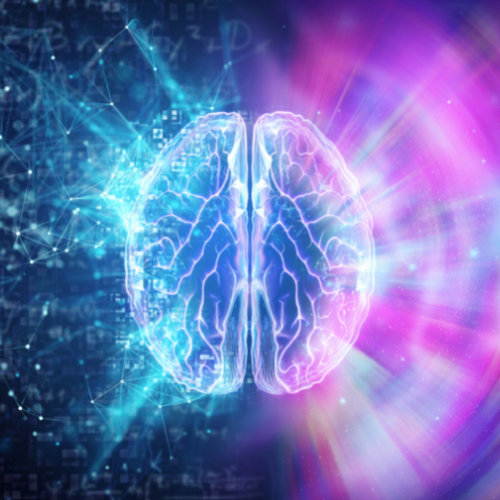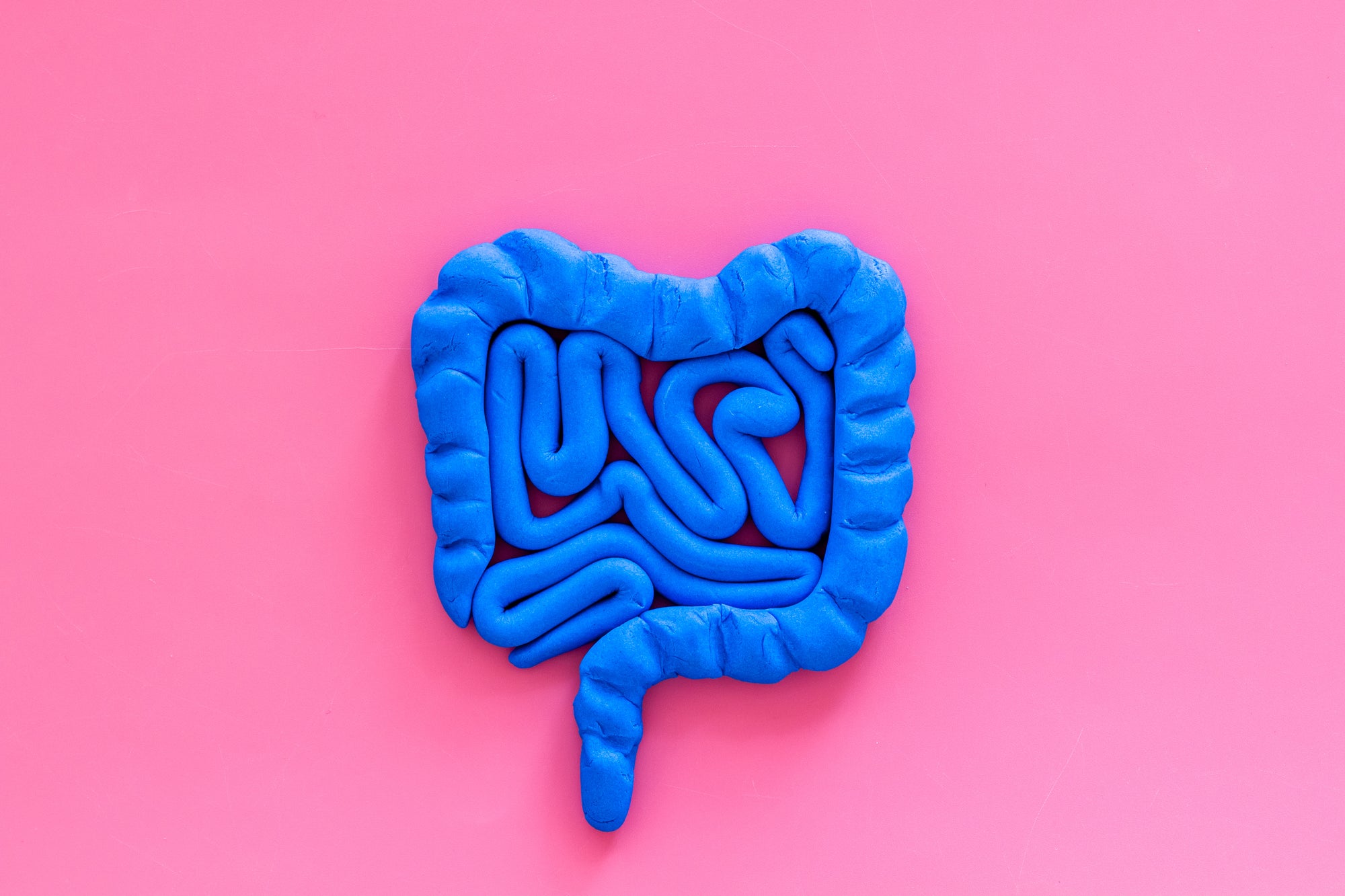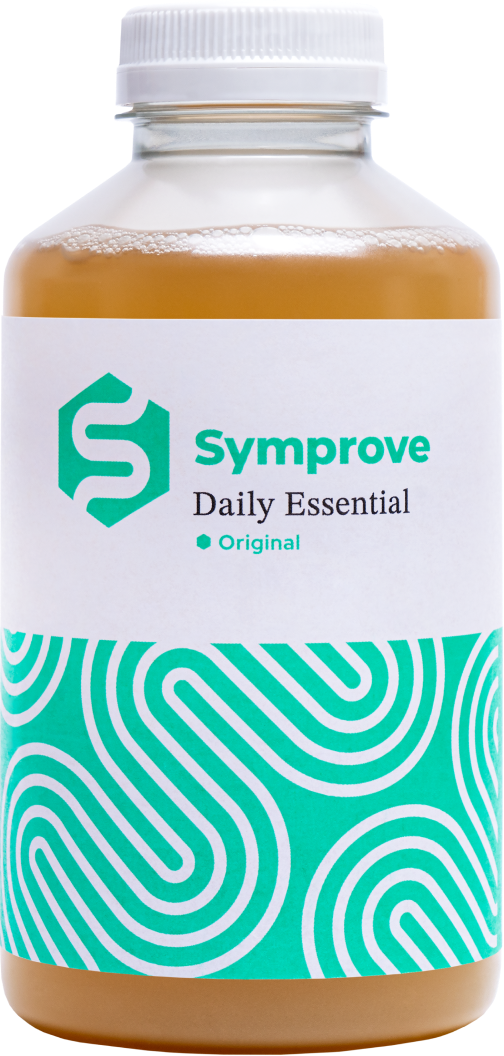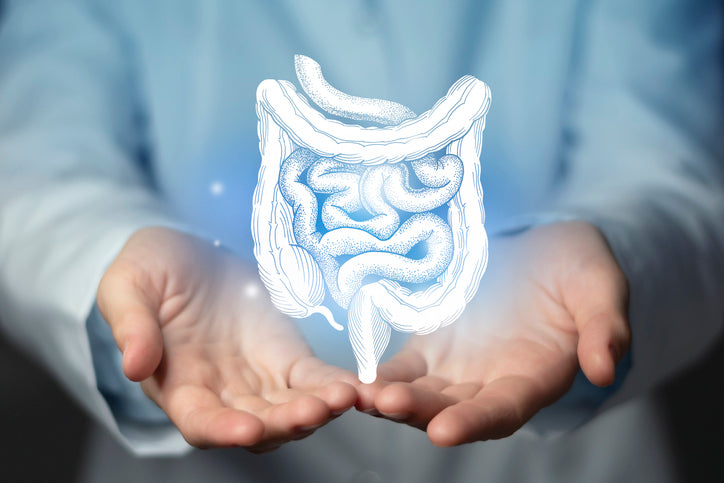
The role of the gut microbiome
It is estimated that the human microbiome consists of around 38 trillion microbes, the majority of which reside in the large intestine.1
The gut microbiome serve many important functions such as:1
- Fermentation of food components and release of end products (e.g. short chain fatty acids)
- Vitamin synthesis (e.g. vitamin K and B vitamins)
- Production of neurotransmitters (e.g. serotonin, dopamine, GABA)
- Immunomodulation (e.g. shaping both innate and adaptive immunity)

Implications for health and disease
The gut microbiome influences human health, both directly and indirectly. Research suggests that the gut microbiome may contribute to the development of disease with many health conditions shown to correlate with alterations in gut microbial composition.
The early emergence of gut microbiome signatures in specific disease states makes the development of novel therapeutic approaches based on gut microbiome manipulation possible. The gut microbiome is hugely variable between individuals, both in health and disease. At present, there is no consensus on what a ‘healthy’ gut microbiome is.2,3
Factors influencing the gut microbiome
A range of health and lifestyle factors can influence the gut microbiome. Explore our educational resources and publication highlights to find out more through the links below.
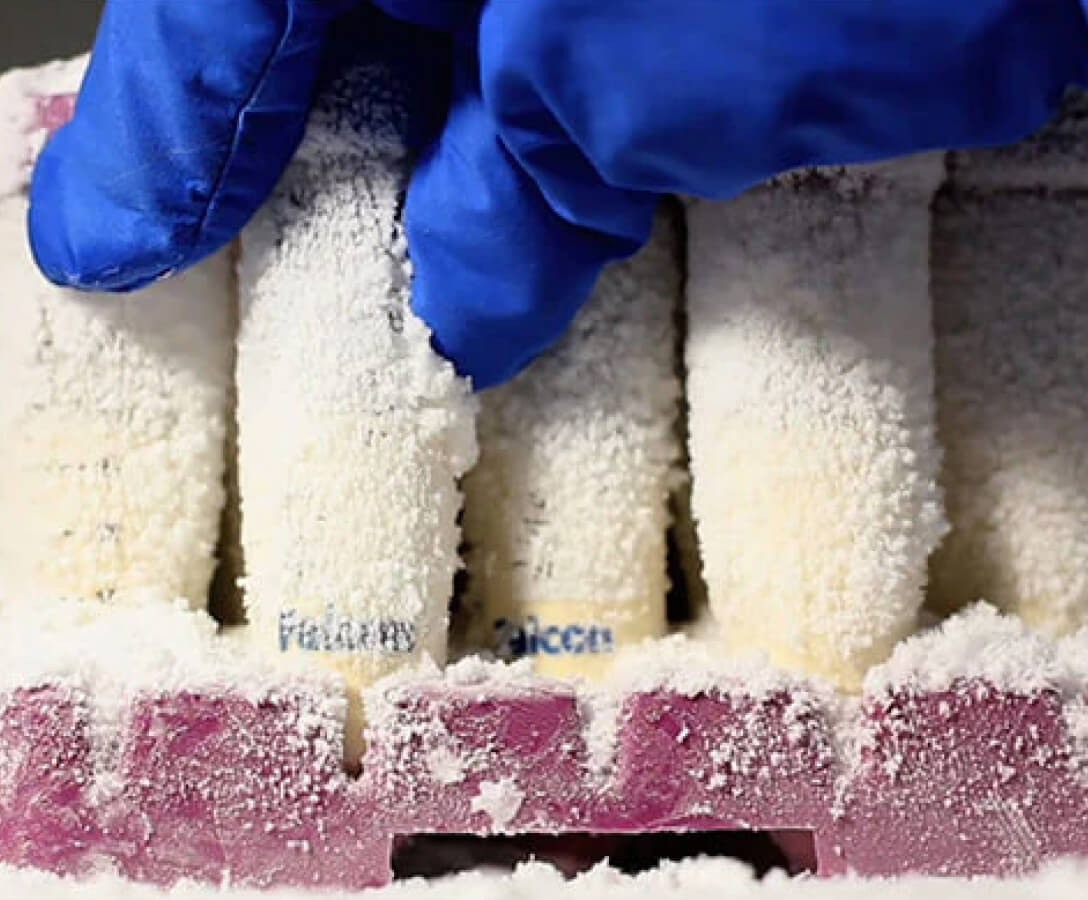
Gut microbiome-targeted therapies
These therapies aim to restore microbe-host homeostasis by influencing the composition and functionality of the gut microbiome ecosystem. Examples include:
- Probiotics: live microorganisms which when administered in adequate amounts confer a health benefit on the host4
- Prebiotics: a substrate that is selectively utilized by host microorganisms conferring a health benefit5
- Postbiotics: preparation of inanimate microorganisms and/or their components that confers a health benefit on the host6
- Faecal microbiota transplantation: transplant of faecal contents from a healthy donor to a recipient to restore the gut microbiome
Related Articles
- Sender R, et al. PLoS Biol 2016;14(8): e1002533.
- McBurnley MI, et al. The Journal of Nutrition 2019;149(11):1882-95.
- Rinninell E, et al. Microorganisms 2019;7(1):14.
- Hill C, et al. Nature Reviews Gastroenterology & Hepatology 2014;11:506–14.
- Gibson GR, et al. Nature Reviews Gastroenterology & Hepatology 2017;14:491–502.
- Salminen S, et al. Nature Reviews Gastroenterology & Hepatology 2021;18:649–67.

